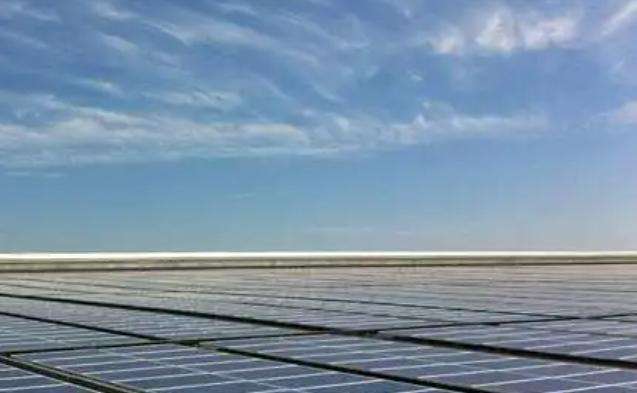1. The structure of the connecting rod bolt of diesel engine accessories
The structure of the connecting rod bolt of diesel engine accessories. It consists of a head, a rod and a stud. Its function is to fasten the big head of the connecting rod and the connecting rod. build.
During the operation of the diesel generator set, the connecting rod bolts are subjected to high-intensity alternating loads, which can easily cause fatigue damage and breakage, causing serious accidents. Therefore, the material of connecting rod bolts is generally made of high-quality carbon steel or alloy steel with high toughness. After the connecting rod bolts are tightened, anti-loosening measures are usually taken to prevent loosening during the operation of the diesel generator set. Common anti-loosening measures include iron wire fixation, locking pieces, cotter pins or self-locking nuts, and copper-plated anti-loosening measures.
2. Common faults and causes of connecting rod bolts of diesel engine accessories
During the operation of the diesel generator set, the connecting rod bolts are under greater stress, so the bolts are prone to elongation. , cracks, breaks and thread slippage and other failures. The reasons for the above failures are: first, there are defects in the production quality of the bolts; second, the maintenance personnel do not assemble according to the specified technical requirements. If the tightening torque is too large or too small, skew occurs during tightening, and the bolt surface and the inside of the screw hole will appear. Assemble connecting rod bolts, etc. without removing the sludge.
3. Replacement and assembly of connecting rod bolts of diesel engine accessories
If the connecting rod bolts are cracked or deformed, the threads are damaged by more than two buckles, or the copper plating layer of the copper-plated bolts falls off, All bolts should be replaced with new ones. When flat-cut bolts or nuts are damaged, they should also be replaced in pairs.
(1) The bolts fixing the flywheel and the rear flange of the crankshaft are loose or broken;
(2) The crankshaft moves axially or the flywheel is abnormally worn due to clutch failure;
(3) Excessive wear of the crankshaft journal and bearing causes the flywheel to move up, down, left and right.
Troubleshooting method:
(1) Check whether the rear of the engine is indeed making noise while driving or parking. If it can be judged that the flywheel is making noise, the engine must be removed from the car. For inspection and repair, when disassembling, you can remove the engine from the connection surface between the engine and the transmission, then remove the clutch assembly, and check the fixing bolts of the flywheel. If the fixing bolts are loose or damaged, causing the flywheel to move, just retighten the bolts. Tighten to the specified torque;
(2) If it is caused by the clutch, repair the clutch and repair the flywheel;
(3) If it is caused by damage to the crankshaft, it is necessary to combine Repair the flywheel failure and inspect the engine assembly. After the engine is disassembled, the engine assembly must be overhauled. During the overhaul, pay attention to repairing the crankshaft connecting rod group, including the repair of the flywheel.
For more information, please log in to the relevant website: http://www.huaquangroup.cn














